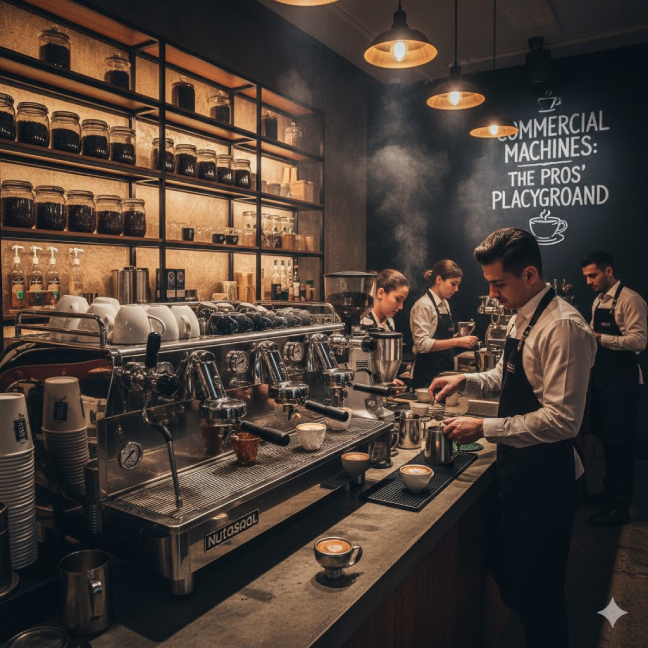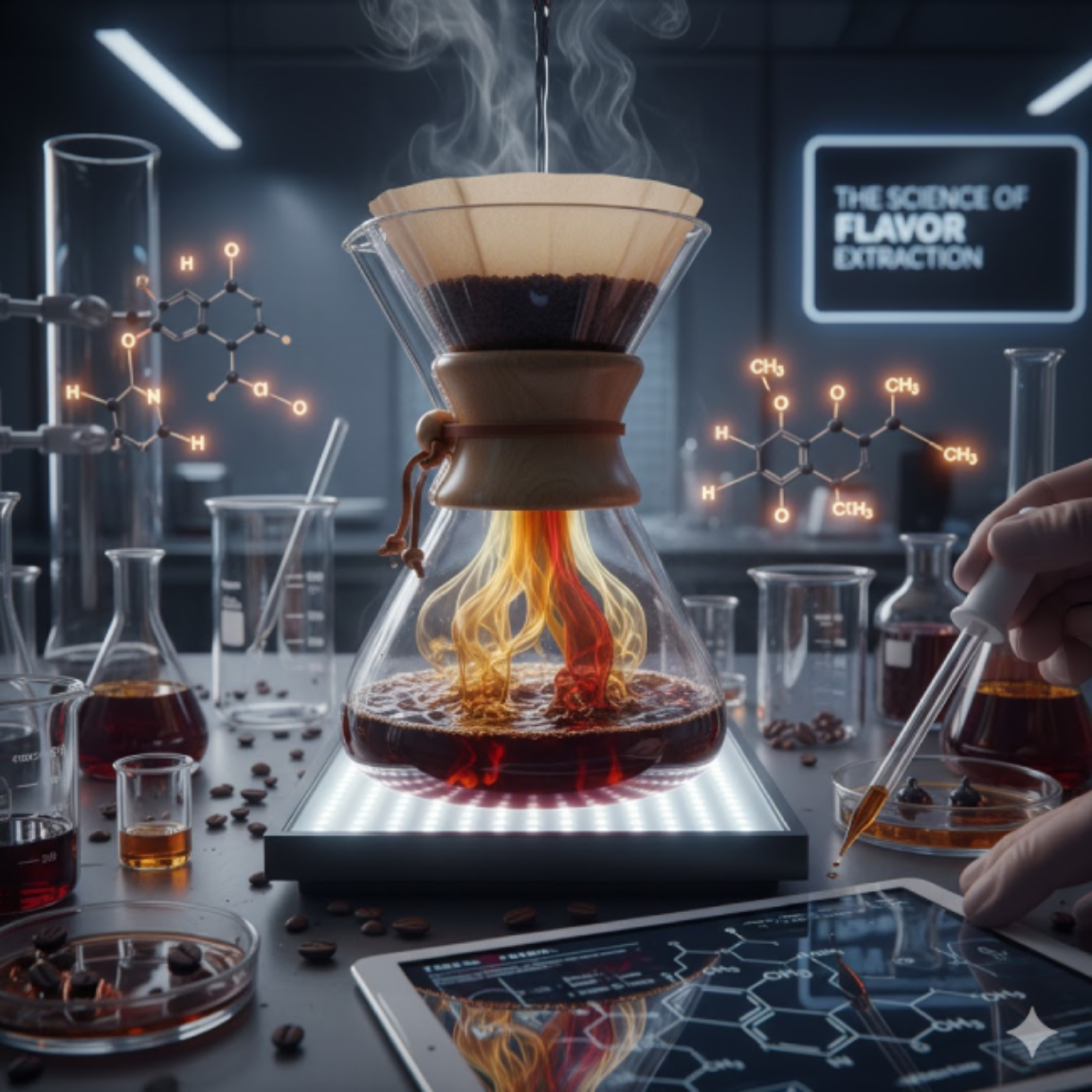I’ll be honest — my mornings don’t start until I hear that familiar hum of my brewing companion. It’s not just about coffee maker; it’s the ritual, the scent, the sound of possibility in liquid form.
Still, every time I pour that first aromatic cup, I can’t help but wonder — what really happens inside this clever little appliance? How does it transform a scoop of ground beans and plain tap water into something that feels like comfort coffee maker , energy, and magic all at once?
Let’s pull back the lid and take a friendly deep dive into how these brilliant gadgets actually work — from simple drip brewers to high-tech espresso systems.
The Secret Inside My Morning Companion

When I first learned what goes on inside, I realized it’s a lot like a mini science lab disguised as a kitchen gadget. Behind every sip, there’s precision — just the right heat, the right timing, and a carefully controlled flow of liquid.
Once I fill the tank with fresh water and hit “start,” things move fast. The liquid travels through narrow metal tubes, absorbing heat until it reaches that sweet spot just below boiling. Then, gravity (or sometimes pressure) pushes it through the grounds, where flavor and aroma are born.
What comes out is pure joy — and science working in harmony.
Meet the Unsung Heroes Inside
Even the simplest brewer has its cast of silent overachievers:
- Reservoir: The calm before the storm — where cold water waits to begin its journey.
- Heating Element: A tiny powerhouse that brings the temperature up without boiling.
- Pump: Found in espresso units, this pushes liquid through the grounds at high pressure.
- Filter Basket: The stage where the beans release their magic.
- Drip Spout or Nozzle: The quiet finisher, ensuring a smooth pour.
- Carafe or Cup Platform: The waiting throne for your final brew.
Every piece does its part perfectly, almost invisibly. It’s teamwork at its most caffeinated.
The Brewing Journey: Step by Step
I’ve watched my own brewer in action countless times, but understanding what’s actually happening adds a new layer of appreciation.
The Warm-Up
As soon as I press the button, the heating element gets to work. The goal isn’t to boil, but to hover just below — around 92–96°C — the ideal zone for flavor extraction.
Movement Begins
Depending on the design, either gravity or pressure guides the hot liquid upward through a thin metal tube. In espresso-style models, the pump adds force, creating that strong, concentrated shot.
Extraction Magic
Here’s where the magic happens. As hot liquid meets the grounds, it unlocks aromatic oils and natural compounds that create the signature flavor and body. You can literally smell the transformation — that earthy, rich aroma that fills the room.
The Grand Pour
Finally, the brewed result drips or streams into the waiting cup. Some modern versions even sense the volume and stop automatically (a blessing for multitaskers like me).
It’s fascinating — just the right temperature, contact time, and flow rate can mean the difference between a bland sip and perfection.
Why It Doesn’t Boil — and Why That Matters
I used to think the hotter the better, but boiling actually ruins flavor. When the temperature crosses 100°C, the compounds inside the grounds break down unevenly, leading to bitterness.
That’s why most home brewers are designed to heat just under that limit. The result? Balanced flavor without harshness. It’s like toasting bread until golden instead of burning it black — the timing is everything.
Modern Brewing: When Smart Meets Simple
The latest generation of brewers doesn’t just coffee maker a drink — they think. Some have sensors that track temperature in real time, self-cleaning systems, and programmable wake-up settings.
I even tried one that connects to my phone — I can literally start the brewing cycle from bed. That’s what I call innovation worth waking up for.
Then there are multi-function machines that grind, brew, and froth all in one setup. If I had one wish, it would be for it to also wash my mug afterward.
Pods and Capsules: Lazy Mornings Saved

Let’s be real — on certain days, I want speed more than ritual. That’s where pod brewers shine. I just pop in a capsule, press one button, and in seconds, I’ve got a perfectly measured, freshly sealed cup.
Each capsule holds a precise amount of ground beans, sealed to stay fresh for months. When the lid closes, the device pierces the pod, pushes hot water through it, and controls flow with surprising precision.
Some systems even spin the pod at crazy speeds (up to 7000 RPM!) to mix everything evenly and create that signature foam layer. It’s both smart and oddly mesmerizing to watch.
If you love silky, café-style drinks at home, check out my favorite coffee frother for 2025 — it’s my go-to tool for turning regular mornings into cappuccino moments.
Espresso Machines: Power, Pressure, and Perfection

While drip brewers rely on gravity, espresso models rely on pressure — about nine bars of it. That’s roughly nine times the atmosphere we live under.
This intense pressure forces the hot liquid through tightly packed grounds in seconds, producing a thick, concentrated shot crowned with creamy foam (crema).
I remember the first time I used a manual espresso setup — it felt like operating a spaceship. But once I tasted that bold, silky result, I understood why baristas take it so seriously.
Commercial Machines: The Pros’ Playground

Walk into any busy coffee maker, and you’ll see machines built like luxury cars — powerful, consistent, and often beautiful. These are made to brew all day long without losing heat or pressure.
Some can coffee make multiple drinks at once: cappuccinos, lattes, macchiatos — all customized at the push of a button. In many office spaces, you’ll even find compact versions that rival café setups.
One of my friends once said productivity doubled at her workplace after they got a self-serve brewer. I’m not sure if that’s science, but I fully believe it.
Coffee and Sustainability
As much as I love brewing, I’ve started thinking more about its footprint. Thankfully, brands are getting greener.
Many now design appliances with eco-modes, recycled plastics, and energy-efficient heating systems. Pods are being redesigned with compostable materials, and water filters last longer before needing replacement.
It feels good knowing I can enjoy my daily ritual without adding too much guilt to the mix.
My Simple Care Routine
Machines (and taste buds) deserve respect. Here’s how I keep mine happy:
- Rinse the tank regularly to prevent mineral buildup.
- Descale monthly — especially if your tap water is hard.
- Clean the filter basket after every use; leftover oils ruin flavor fast.
- Wipe the exterior to keep it shiny (and to avoid those annoying fingerprints).
- Run a plain water cycle every few days for freshness.
Trust me — clean equipment equals better flavor, longer lifespan, and no mysterious noises at 6 a.m.
The Science of Flavor Extraction

Every type of bean reacts differently to heat and time. That’s why medium roasts often taste best in drip brewers, while darker roasts shine under pressure.
There’s chemistry behind it:
- Contact time: Too short = weak; too long = bitter.
- Temperature: Below 90°C won’t extract enough; above 96°C burns.
- Grind size: Coarse grinds for drip; fine for espresso.
Finding your balance is part of the fun. It took me weeks to fine-tune my setup, but now I can tell when something’s even slightly off.
Brewing Styles Around the World
It’s amazing how many ways people have found to enjoy this single drink.
- Italian espresso: Small, strong, and intense — no nonsense.
- Turkish style: Boiled with sugar, unfiltered, and rich in character.
- French press: Steeped instead of dripped — bold and aromatic.
- Cold brew: Soaked overnight — smooth, mellow, and surprisingly refreshing.
Each method tells a story. Mine happens to involve a half-asleep morning and a loyal countertop companion that never lets me down.
A Quick Peek at the Future
What’s next? I’m already seeing models that use AI to learn preferences — adjusting strength, temperature, and even milk texture based on your past brews.
Some upcoming designs promise zero waste by integrating reusable filters and self-cleaning pods. It’s amazing to think the humble brewer is evolving faster than my phone.
If this pace continues, soon we might just say, “Hey, make my morning blend,” and it’ll start brewing before we reach the kitchen.
My Final Sip: Why Understanding It Matters
Knowing how this process coffee maker works changed how I see my morning cup. It’s not just an appliance; it’s a tiny engineering marvel that delivers comfort with precision.
Every sound — the gurgle, the drip, the gentle steam — has purpose. Every part inside, from the heater to the spout, plays its role in a well-rehearsed routine that begins with water and ends with warmth.
Understanding it coffee maker me appreciate it more. It’s a reminder that even in something as ordinary as a daily brew, there’s incredible design, thought, and artistry at play.
So tomorrow morning, when you press that familiar button, take a second to think about what’s happening inside. It’s not just brewing — it’s quietly performing a masterpiece for you, one cup at a time.
And yes, that’s worth savoring.